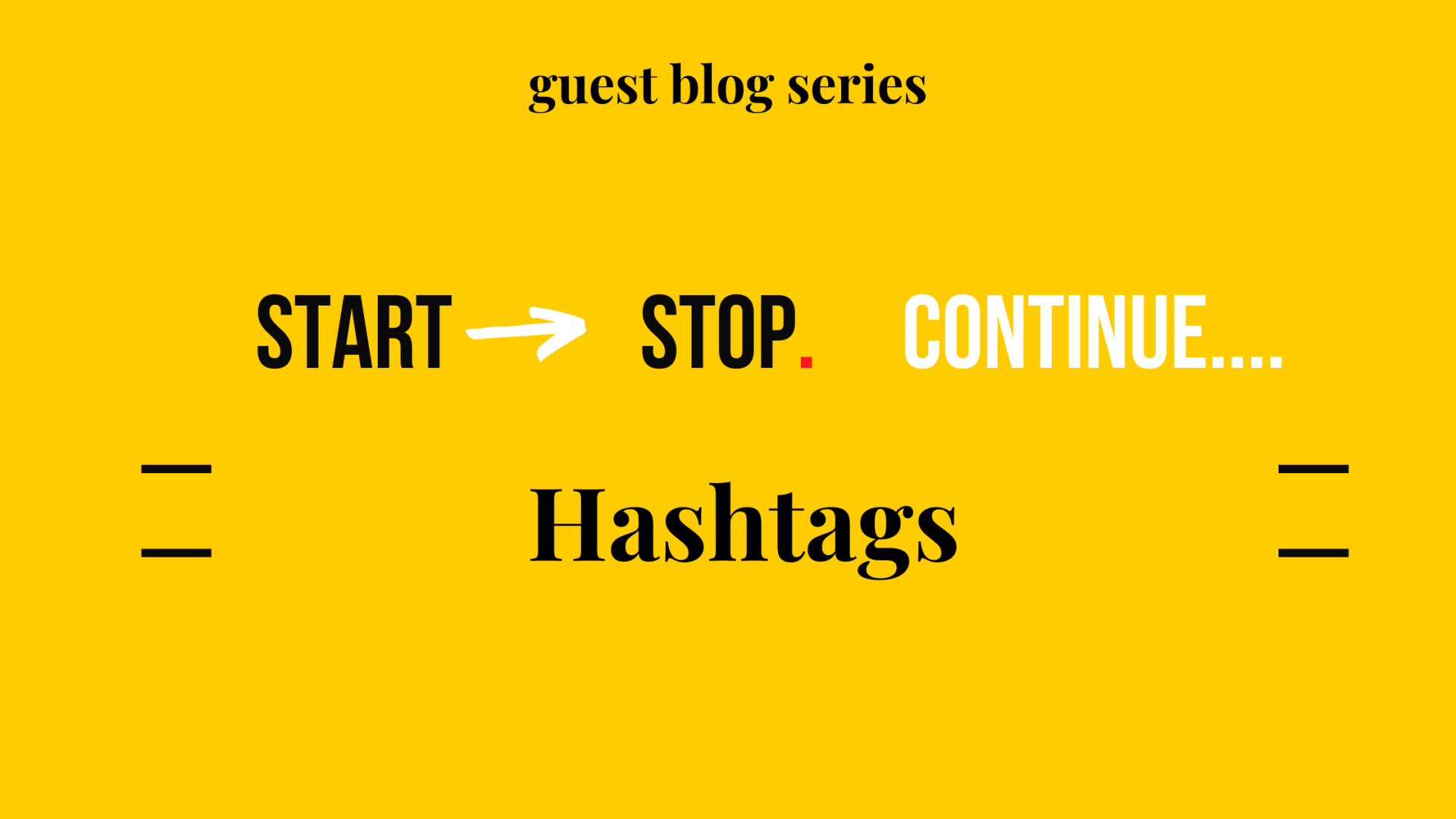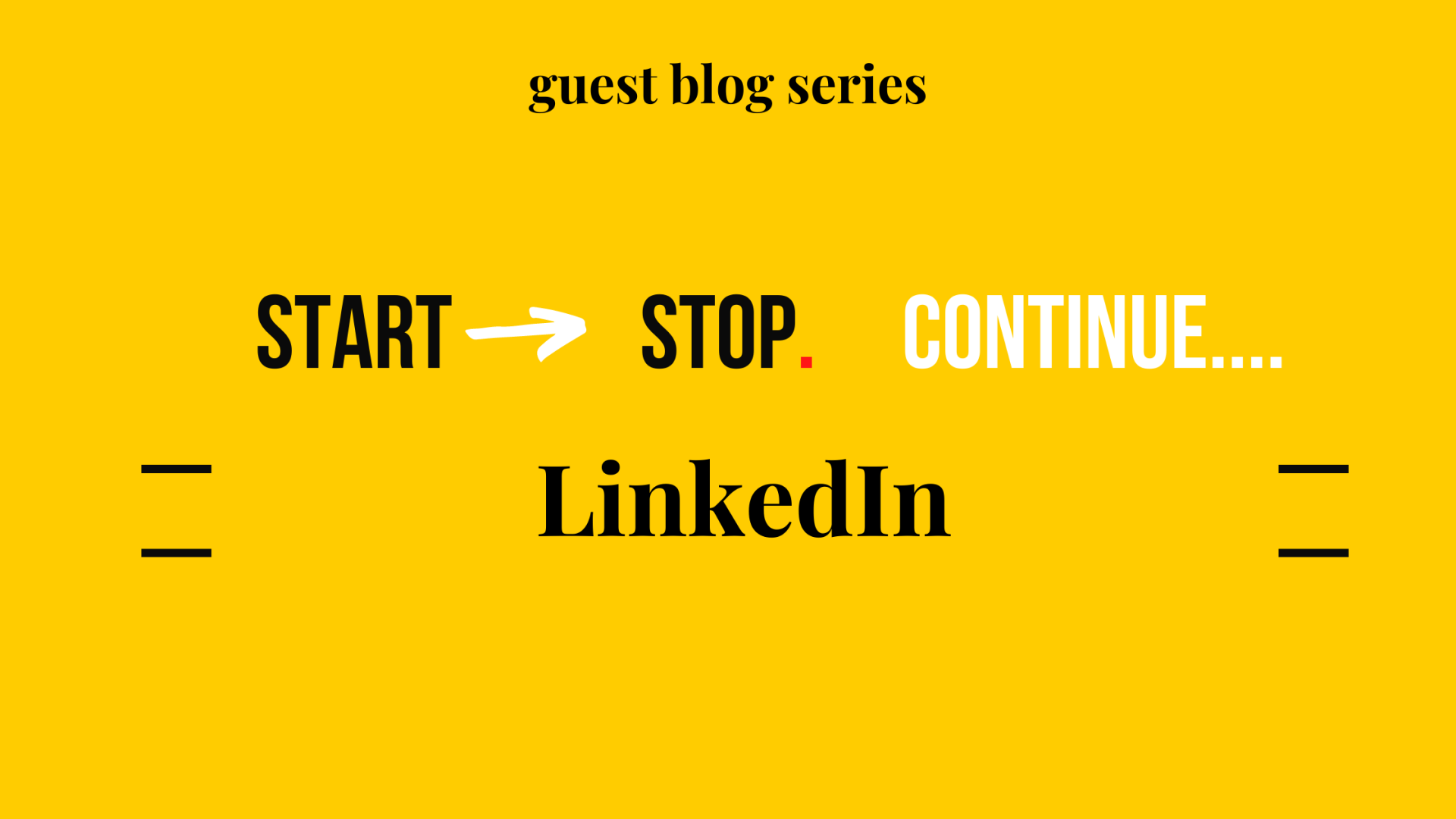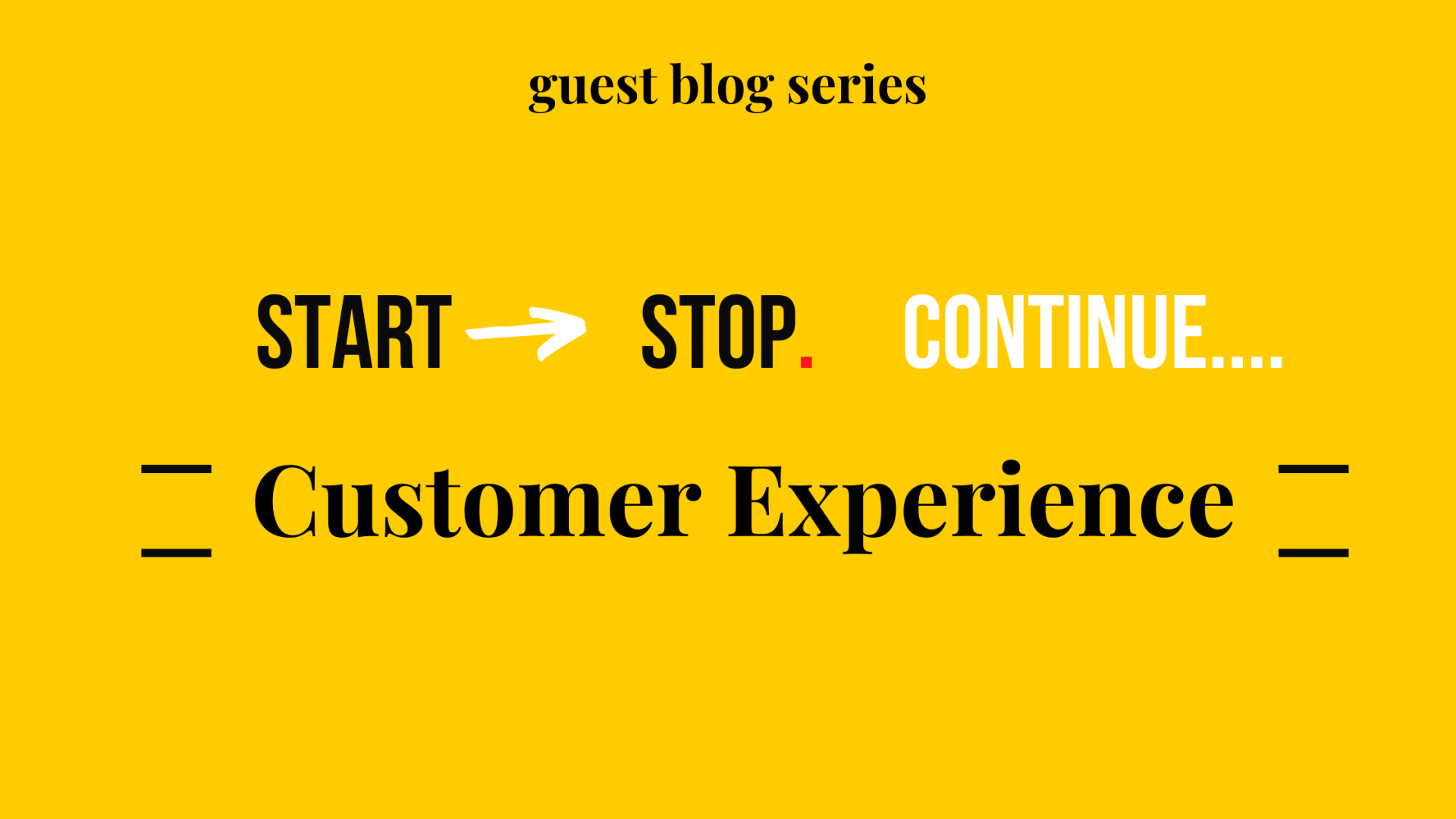Customer Complaints: How to Fix and Avoid (A Guide for small businesses)
Sometimes, however hard we try things can go wrong, taking a positive, even proactive approach will maximise your chances of not only keeping that customer but also gaining new ones
Do you remember when KFC ran out of chicken – there was a national outcry and staff were facing a barrage of abuse from customers – this could have been a disaster for KFC, yet they managed to turn it around with the memorable FCK advert. They applied three H’s – Humility and Honesty to apologise for the problem and explain what they were doing to put it right, combined with a bit of Humour to win the public over.
Of course, customer complaints often deal with more significant issues than fast food shortages, but the same principles apply. When it comes to complaints about your business it’s not so much about what happened but what you do about it that matters.
No one is perfect, sometimes things happen that result in our customer being let down. Whilst their initial reaction may be anger or loss of trust in a funny way when something goes wrong it’s an opportunity to develop your overall customer relationship and even build loyalty.
Main cause of complaints
So what causes customers to complain, a report for the UK Citizens advice* identified four main areas:
- Unprofessional service
- Product/service not being up to standard
- Poor information
- Problems with invoices/charges
Perhaps with the exception of 'unprofessional service' each of those causes could largely be avoided by agreeing the customers expectation up front. As the definition of complaint is a statement that something is
unsatisfactory or unacceptable therefore the first step to handling complaints
is prevention.
Agree customer expectations
An important aspect of customer service is agreeing the expectations of both parties at the start of the relationship. whatever your type of business there needs to be clear agreement in place that specify
- Functionality – what is being supplied, what will it do, what is excluded.
- Quality – Agreed parameters or recognised industry standards
- Price – total costs including VAT, accessories, services
- Payment terms - including any deposits or stage payments
- Delivery – Timescales, costs, delivery to site or point of use?
Customer service standards should also be established – what will be your typical response times to customers emails, phone call’s etc. What are your business hours? What support is offered out of hours?
Getting these things in writing increases your chances of a satisfied customer, any queries or concerns can be referred to the written agreement to clarify if you really have fallen below the agreed levels.
When something goes wrong
If you have clearly agreed expectations when a customer complains it is likely to be for a genuine reason. Unhappy customers really want three things:
- To be listened too
- To be understood and feel empathised with
- To have the issue resolved.
In the face of a complaint it can be easy to become defensive, perhaps try to talk you way out of the situation with reasons and or justifications. Yet, the most powerful words to say are simply "I’m sorry", and really mean it.
Back in 2009 Amazon faced a public outcry when they remotely deleted copies of the books “1984” and “Animal Farm” from users’ Kindles, whilst Amazon’s press team quickly issued a standard apology what really made a difference, was this informal and heartfelt apology issued directly from Jeff Bezos.After all, no one really wants to make a complaint, so look at it this way by making a complaint they have given you the opportunity to do something about it rather than simply to walk away and never trade with you again.
Clarify, Empathise and Resolve
Take the time to clarify the full extent of the issue, this will ensure that the customer feels listened too and enables you to take the information away and seek to resolve it, without going back and forth to the customer. Ensure you understand the full details of what happened, when and where.
Empathy is putting yourself in their shoes and understanding the impact this problem is having, not only does this show your support for the customer it helps you to appreciate the extent of the issue and the scope of potential solutions.
Resolving the issue as soon as possible and communicating the solution is paramount. Ensure your reporting back is appropriate for the scope of the problem, for serious issues, particularly those relating to Health and Safety take the opportunity to explain to the customer what caused the problem, the resolution and, if appropriate, actions taken to avoid this happening again.
Being generous with your response, and any corrective actions, will go a long way to secure the ongoing relationship with the customer. Consider the lifetime value of the customer as well as the good will and even positive reviews.
After the issue has been resolved contact the customer a few days later to ensure they are satisfied with the outcome.
Handling Online complaints
In the past complaints were just between you and the customer however now customers are likely to complain online via social media effectively giving a megaphone to their concerns.
In his book ‘Hug the haters’ Jay Baer offers a framework for dealing with these online complaints
Find complaints and mentions on social media. Whilst larger businesses will employ social listening software, if you are active on the social media platforms that your customer use ensure that you regularly search for your company name, hashtags or key words. Depending on your business local platforms, parenting forums etc could be vital. You never know, you might discover people saying good things about your business, it’s a great marketing opportunity to acknowledge that as well.
Display empathy online, just as you would through other channels
Answer the customer publicly, however tempting it may be to respond to the customer privately, as they have made a public complaint you need to share your response in the same way, showing not only the customer, but the audience that you care. Remember the personal touch here – honesty and humility go a long way.
Reply only twice. Baer advises to be firm on this point this ‘ Reply only twice’ After answering with empathy and inviting them to contact you directly if the customer continues to complain it is likely that they are not interested in any resolution or ongoing relationship. Further replies can easily end up in a tit for tat and simply not worth the time.
Switch channels to private direct contact via email or telephone to propose and implement the solution.
No complaints?
Research shows that only a small percentage of unhappy customers complain , think about that for a moment.
You may have several customers with a niggling dissatisfaction who, given a viable alternative would choose to buy somewhere else – How do you know if they are happy?
Well the simple answer is to ask them.
Consider the best way and timing to ask for their feedback, after each transaction or at the end of year, directly or through a third party. Make it simple and accessible to encourage responses and when you identify a potential issue or maybe even a great idea make sure you have a way to feed that back either directly to the individual or generally so they know you have listened and taken on board their concerns.
Sometimes, however hard we try things can go wrong, taking a positive, even proactive approach will maximise your chances of not only keeping that customer but also gaining new ones. As TECHmarc labs CMO, Lisa Masiello said, "Happy customers are your biggest advocates and can become your most successful sales team."
Janet Doran , works as a Strategic Business Coach across North Yorkshire, UK. enabling small business owners to win in competitive markets.
Please get in touch to book your discovery call by email janet@thepositivepen.co.uk or call on 07505 120051
You can follow her on twitter thepositivepen for daily insights & inspiration for small business owners
(* Understanding consumer experiences of complaint handling, June 2016)













